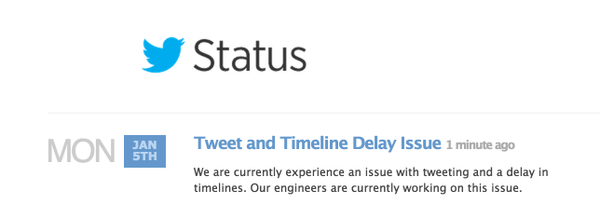Recent Twitter Outage: Causes and User Reactions

Introduction
On December 15, 2023, Twitter experienced a significant outage that left millions of users unable to access the platform reliably. In a world where social media plays a crucial role in communication, news dissemination, and entertainment, such outages raise immediate concerns among users and businesses alike. Understanding the implications of platform unavailability is vital for both individual users and corporations that rely on Twitter for marketing and customer engagement.
Details of the Outage
The outage began around 11:00 AM IST, with users reporting issues such as error messages when trying to log in, problems with timeline refreshing, and failure to post tweets. As the situation unfolded, the hashtag #TwitterDown began to trend globally as users took to other platforms like Instagram and Facebook to communicate their frustrations. Twitter’s official status page acknowledged the problems and stated that their team was investigating the issue.
Experts suggest that the outage may have been due to server configuration issues or an unexpected spike in traffic. Social media monitoring services reported a 50% increase in mentions surrounding Twitter during the outage period. The incident has raised alarms about Twitter’s infrastructure stability, particularly as the platform faces increasing competition and scrutiny.
User Reactions and Impact
Reactions from users varied widely, with many expressing annoyance at being cut off from their primary source of news and community interaction. Some businesses also reported losses during the outage, as Twitter serves as a key channel for customer engagement and service updates. Following the outage, businesses stressed the need for backup communication strategies that ensure they remain reachable despite platform-specific issues.
On a broader scale, the outage invited discussions around social media reliability and the dependency of users and businesses on specific platforms for everyday interactions. Analysts pointed out that issues of this nature can have ripple effects, particularly in politically unstable regions where Twitter is often the primary source of real-time information dissemination.
Conclusion
The recent Twitter outage serves as a timely reminder about the reliance on social media platforms for communication and the implications of their malfunctions. As users await further updates from Twitter regarding the cause of the outage, it is crucial for individuals and businesses alike to prepare alternative communication strategies to mitigate such risks in the future. Moving forward, companies and users might consider diversifying their social media strategies to enhance resilience against service disruptions.






